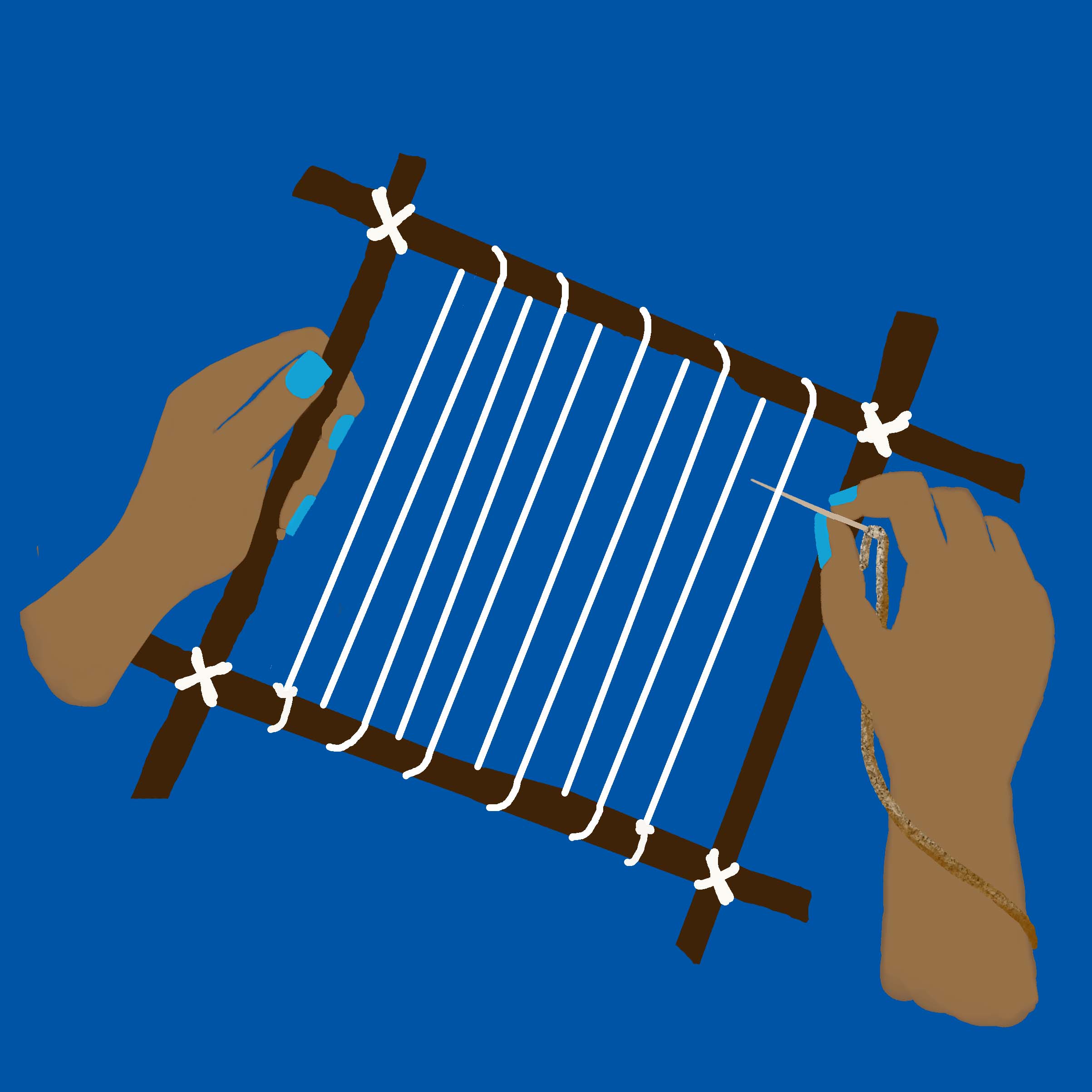Blood Trees
Tall stout trees with smooth gray trunks loom over the various fungi that cover the forest floor. Their brown leaves stretch into the fog and provide shelter for skittering insects and avian life. The sap comes out in a deep red that gives the appearance of bleeding trees.
History
Like the rest of the Corpse Woods, Blood Trees saw extreme changes when magic overwhelmed this region. The once heavy bark was shed as the trees bloated. The trunks seemed to bloat more near the base. The roots began to crawl and spread. The fallen bark covered the soil and gave a breeding ground for magically afflicted fungi. Over time, the roots and fungi began a symbiotic relationship. The teardrop leaves, once a vibrant green and smooth, morphed into a jagged variation with the color of oxidized blood. In addition to releasing oxygen, the leaves began to exude the stench of rotting corpses during photosynthesis. The once thin sweet tan sap now bleeds a viscous salty red. While it’s still consumed, the sap is now used as a savory counterpoint instead of a sugary one.Blood Tree Syrup
The red sap, which has been demonized by others, is a common ingredient in many Red Swarm dishes. Despite the abhorrence found outside of the corpse woods, the salty red sap is used in both a sap and syrup forms. In cooked dishes, the red sap can be lightly dripped onto a dish to add intense pops of seasoning. It can also be cooked down with candy cap mushrooms to create a savory marinade or dressing.Fungal Friends
Blood trees host a series of mycorrhizae mushrooms on their roots. The mushrooms’ root network prevents nutrients from falling away into the soil. The Blood Tree, then absorbs the nutrients and converts it into carbohydrates for the mushrooms. The mushrooms feed on the nutrients and whatever diseases attempt to spread within the Blood Trees. The trees, in turn, give the fungi a place to reproduce.Perception Today
Most tarants see this land as cursed, citing how the Blood Trees ‘bleed’ when sliced and the pervasive stench produced by the leaves. The Red Swarm who are nose blind to the Corpse Woods see this region as home. While initially unsettled by the "bleeding" trees, the current Red Swarm generation see the sap as common.
Replace "Still Weaving by Self" with a watercolor image of a Blood Tree
Add 2-3 examples of mushrooms that live on Blood Trees
Add 2-3 examples of "skittering insects" that live on/in Blood Trees
Add 2-3 examples of "avian life" that live on/in Blood Trees
Do these trees have fruits or flowers? If so, describe them. If not, delete this.
Add 2-3 examples of mushrooms that live on Blood Trees
Add 2-3 examples of "skittering insects" that live on/in Blood Trees
Add 2-3 examples of "avian life" that live on/in Blood Trees
Do these trees have fruits or flowers? If so, describe them. If not, delete this.



Comments